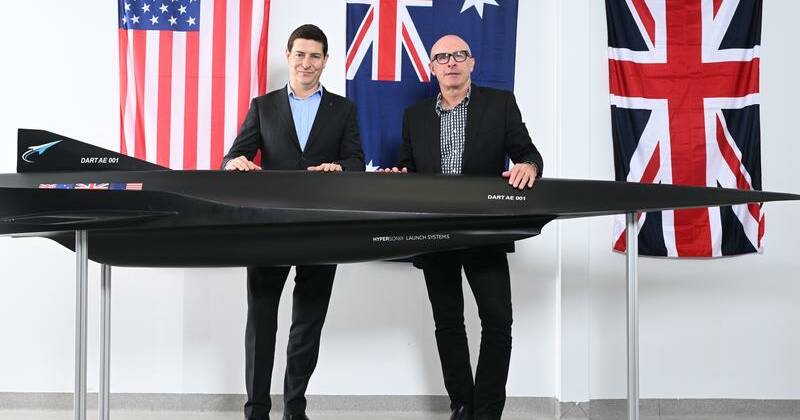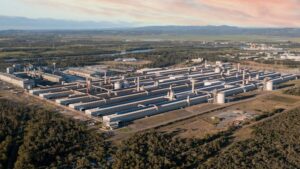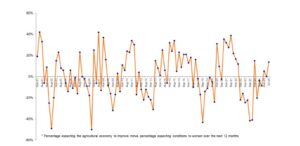
A significant advancement in aerospace technology has emerged from Australia, as the Brisbane-based startup Hypersonix Launch Systems is set to develop the world’s first hydrogen-powered hypersonic aircraft. This initiative has gained momentum through a new international funding agreement involving the federal and Queensland governments, alongside a consortium of prominent global aerospace and defence investors.
The $46 million investment aims to propel Hypersonix’s mission to deliver operational unmanned aircraft capable of exceeding the speeds of most military jets. The project has received backing from notable entities, including NASA and the Pentagon, who are supporting upcoming test flights.
Matt Hill, the chief executive of Hypersonix, expressed optimism about the investment, stating, “It shows real confidence in our mission and highlights the importance of building clean, reusable aerospace systems that meet today’s national security needs while shaping tomorrow’s industry.” This funding is expected to enhance the company’s capabilities in intelligence-gathering, surveillance, and testing space systems.
Revolutionary Technology for Defence and Aerospace
The technology behind Hypersonix’s aircraft represents a significant leap forward in sustainable aviation. The company’s proprietary SPARTAN scramjet engine, which is entirely 3D-printed, can reach speeds of Mach 12 without moving parts. Unlike traditional scramjets that rely on kerosene, the SPARTAN engine produces no greenhouse gas emissions, offering a low-maintenance alternative for high-speed missions.
Nicholas Guest, a director at the Queensland Investment Corporation, highlighted the potential of Hypersonix, stating, “This is breakthrough technology allowing Australia and its allies to fly faster, further, and more often with an unmatched combination of speed, sustainability, and cost advantage.”
The funding will also support a NASA-backed test flight of the 3.5-metre-long hypersonic DART AE at the Wallops Flight Facility in the United States, scheduled for January 2024. Hill noted that the DART represents a cost-effective alternative to existing hypersonic models, being built for a fraction of the price.
Future Developments and Global Impact
Beyond the DART AE, the investment will allow Hypersonix to fast-track the development of a fully reusable, hydrogen-fuelled hypersonic aircraft. This new model will feature four engines and measure eight metres in length, designed for various missions, including reconnaissance, delivery, and space system testing.
The upcoming test flights and the continued development of these advanced aircraft are expected to position Australia at the forefront of hypersonic technology. As the global aerospace landscape evolves, Hypersonix aims to lead the charge in creating sustainable, high-performance flight systems powered by green hydrogen, aligning with contemporary national security needs and environmental considerations.
The collaboration between government bodies and private investors marks a pivotal moment in the aerospace industry, promising not only advancements in technology but also an opportunity for Australia to strengthen its defence capabilities while promoting sustainability in aviation.







